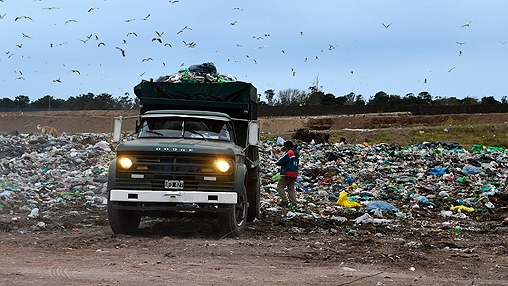With 620,000 permanent residents, around 9 million tourists a year and a landfill collapsed after 20 years of use, the city of Mar del Plata needed a sustainable solution to deal with the accumulation of thousands of tons of waste.
Thanks to the National Urban Waste Management Project (GIRSU), last April the city opened a landfill that meets high environmental standards and can safely handle around 600 tons of waste per day and up to 900 tons during the summer season. In addition, problems like smoke, bad odors and pollution were left behind.
"This new landfill will avoid the pollution of air and water, thanks to a waterproofing and drainage system, a leachate treatment, and catchment and incineration systems of greenhouse gases generated by the decomposition of organic matter that produce odors, damage the ozone layer and contribute to global warming", explains Renan Poveda, World Bank task manager of GIRSU.
Moreover, 300 employees of the Argentine Cooperative of Urban Recyclers (CURA), who previously collected material in the open dump, now have better working conditions through the building and operation of a separation plant. This new construction not only meets standards of environmental safety and hygiene but also has a dining room, bathrooms and locker rooms, in order to improve the quality of life of the waste pickers.
"We will work with pre-selected materials and also we will be able to sell the recovered materials already pressed at a better price," says Sebastian, who works there since 2004, when the cooperative was created.
Local households are also part of a differentiated waste collection plan implemented by the Municipality, so neighbors can separate recyclables and avoid sending them to the landfill, allowing to extend the period of use of the dump.
No more open dumps
As in the coastal city, the province of Chubut had the goal of closing the open dumps. The new regional landfill, whose construction works are about to end in Trelew, will receive waste from other municipalities as Puerto Madryn, Rawson, Dolavon, and Gaiman, and will benefit 250,000 people. Two separation and transfer plants are being built at strategic points in the region in order to decrease the amount of waste that goes to the landfill. Also, a social plan was prepared to include collectors that are affected by the closure of landfills.

